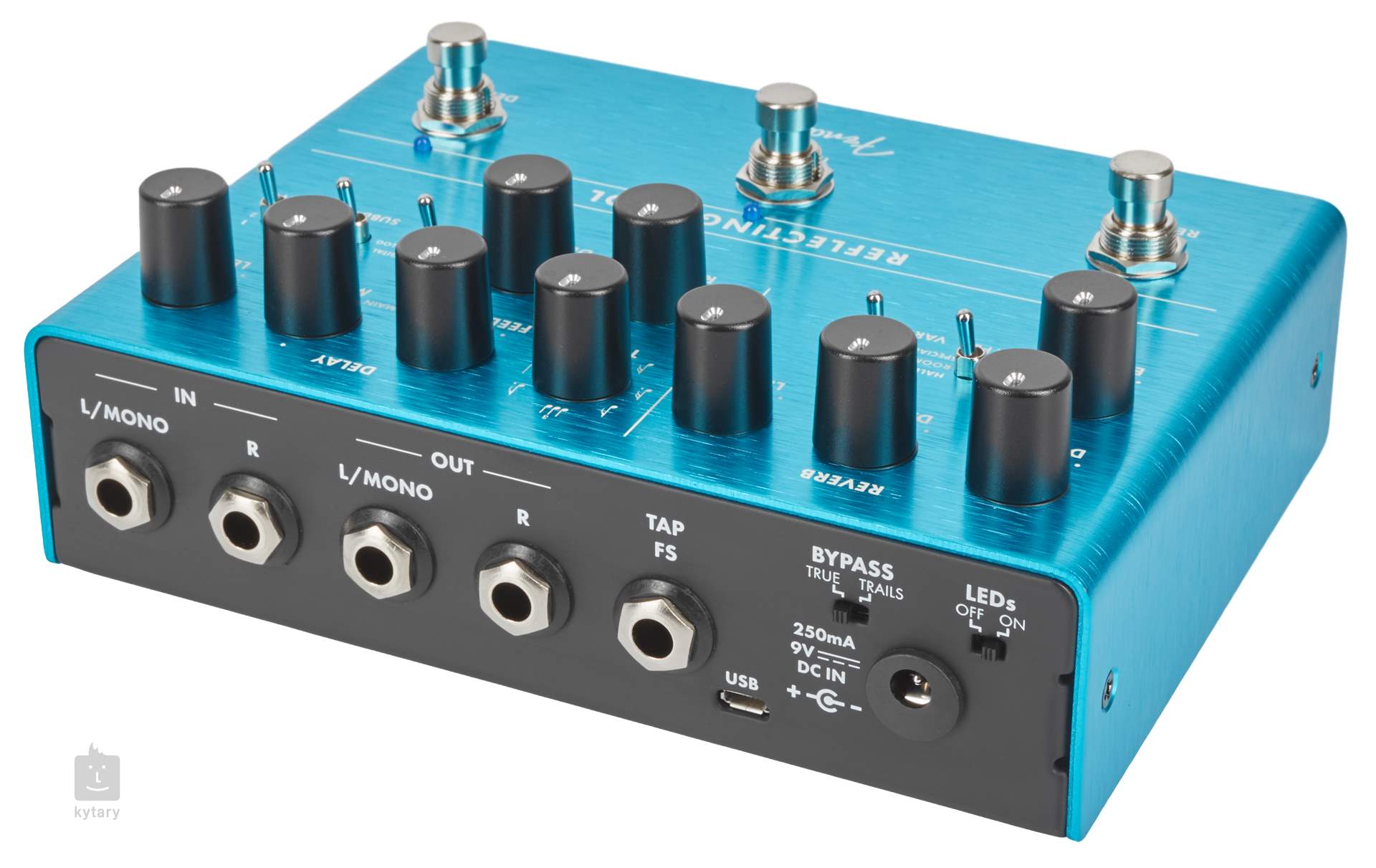

Using longer delays can create a sense of space without cluttering up the mix like you might experience with long reverb trails. Settings with a delay that’s less than 100 milliseconds and only one or two repeats will result in a thicker sound. It’s very easy to use delays to enhance and thicken vocals, guitars and keyboards. For a more detailed explanation on reverb, check out my article “ How the Hell do I use Reverb Anyway?!?” So When Do You Use Which?ĭelay is used for simpler purposes, when you want to create depth without necessarily creating a new space in your mix. Reverbs are usually more complex and include all sorts of different parameters and buttons to control and mold the sound. Meanwhile, reverb takes your source and repeats it in an artificial space, creating reflections and ambience that’s not possible to do with simple delays. How much depends on your feedback and parameters. Delay takes your source sound and repeats it. The difference between delay and reverb is simple. Is there any specific situation where reverb works better? Or can you use delay interchangeably instead of reverb? The Difference Between Delay and Reverb That got me thinking: When should you rather use delay instead of reverb? I told him how I like to use a short plate reverb on vocals, especially live but also in the studio, and he told me how he’d much rather use delay instead of reverb.

I had a conversation a while ago with a fellow mixing engineer and we started talking when we started talking about vocal processing.


 0 kommentar(er)
0 kommentar(er)
